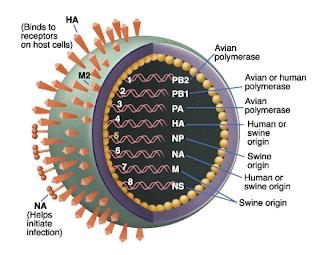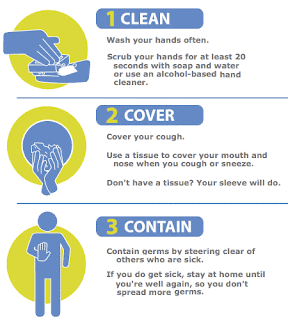Over many centuries medical practitioners have always noted that in any epidemic there are always a number of people, who despite exposure, never seem to get sick. These people seem to have stronger constitutions and are less susceptible. Unfortunately, many of us have weaker constitutions, and we are asking ourselves what we can do to keep the flu at bay, how can we prevent ourselves from contracting illnesses...
Homeopathy hasin itself an answer to this..What better an example than the Spanish Flu of 1918 wherein 98% of people taking Homeopathy got well!!!
COMMON HOMEOPATHIC REMEDIES USED DURING A FLU:
1] Gelsimium:
- WEAKNESS & TIREDNESS
- Bodyache
- Intense aching and muscular soreness
- Constant CHILLINESS
- Paroxysms of Sneezing with excoriating discharge accompanied by great Exhaustion & Indifference
- An extensive experience with this remedy in the epidemic of 1918 proved its usefulness. Those that were complicated with initial treatment of Aspirin were only those which had dangerous complications.
2] Eupatorium Perfoliatum:
- Extreme soreness and aching of the entire body
- Hoarseness of voice and cough, with great soreness of throat and upper respiratory tract.
- Cough is very shattering one; hurts the head and chest and the patient holds the chest with hands.
- BONE BREAKING PAINS
3] Arsenicum Album:
- Useful in the beginning of a typical form of influenza
- Thirsty but drinks small quantities and often
- EXTREME WEAKNESS
- Diarrhoea after eating or drinking and nausea on seeing or smelling food
- Burning pains
- Patient is restless, anxious or fearful
4] Rhus toxicodendron:
- Influenza with severe aching in all the bones, sneezing and coughing
- Cough is worse evenings and is caused by a tickling behind the upper part of the throat
- Flu brought on by exposure to dampness
- Aching pains of the body
- EXTREME RESTLESSNESS AT NIGHT
DOSAGE- 4 pills 3-6 times a day – depending on the severity.





